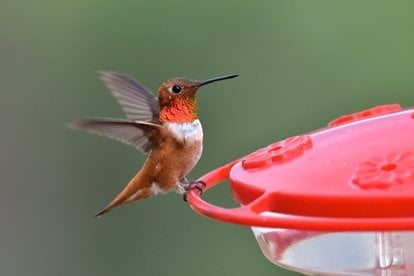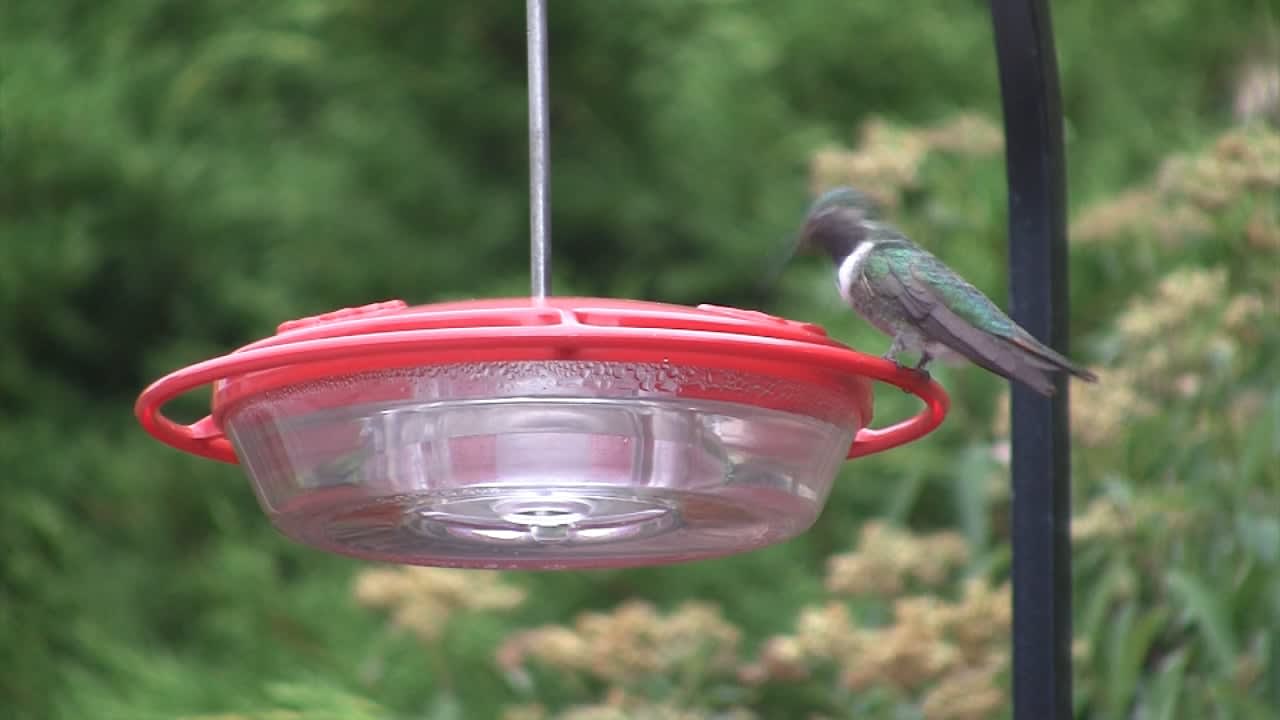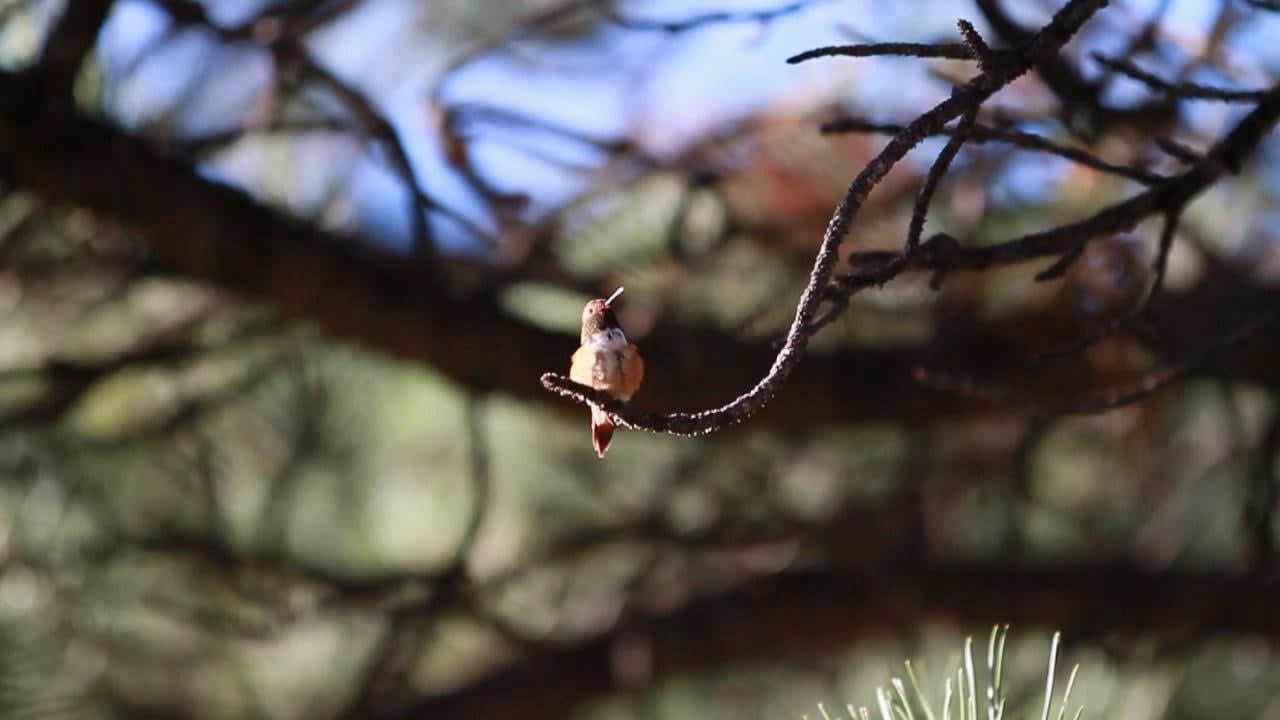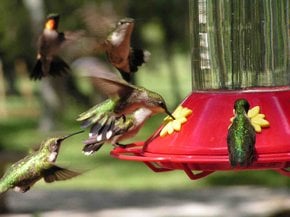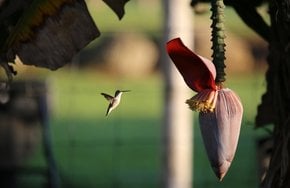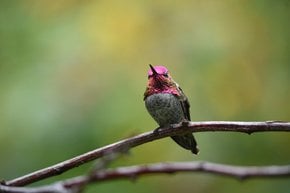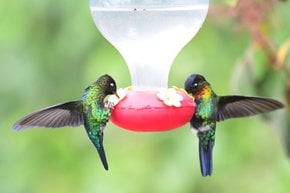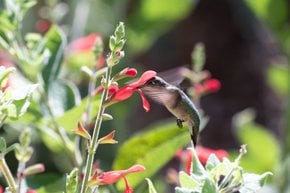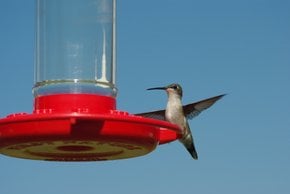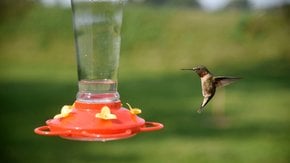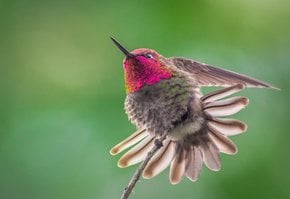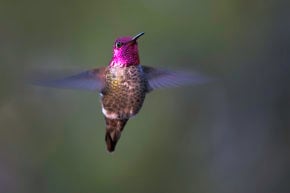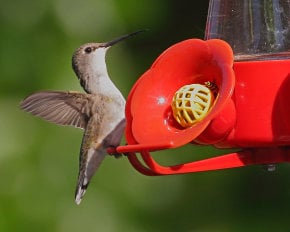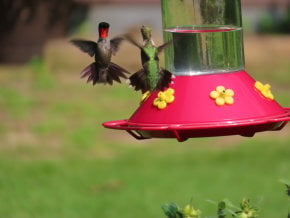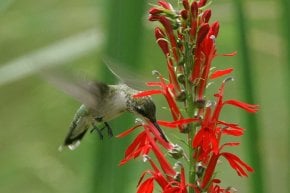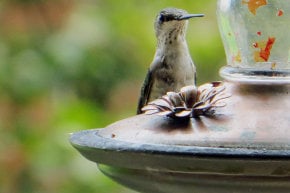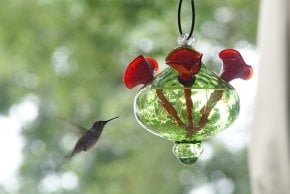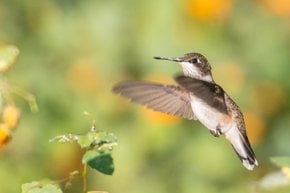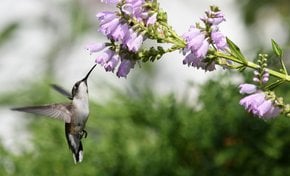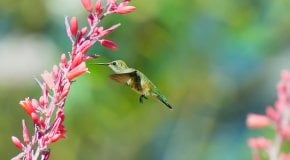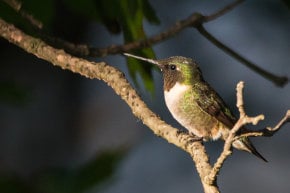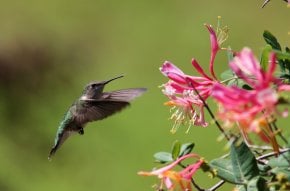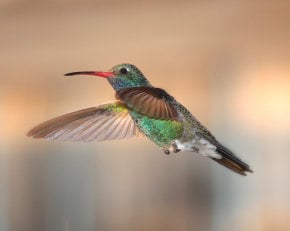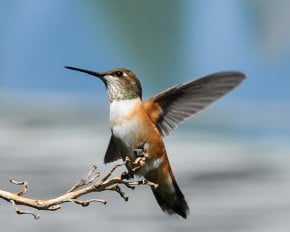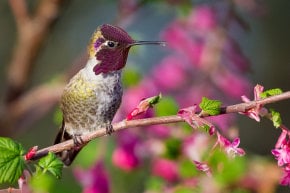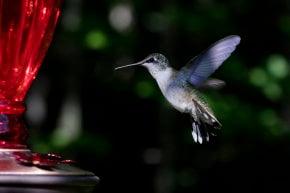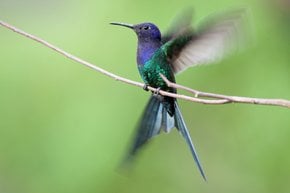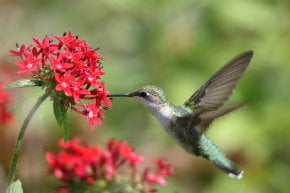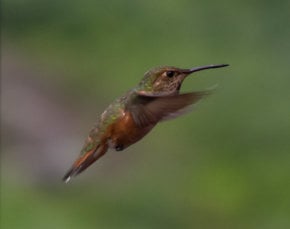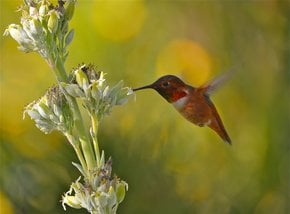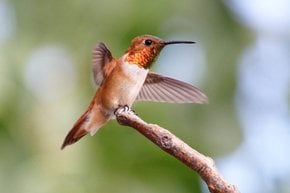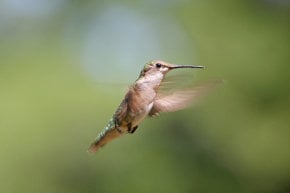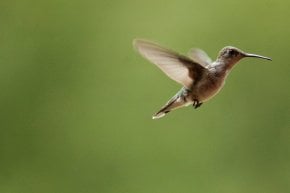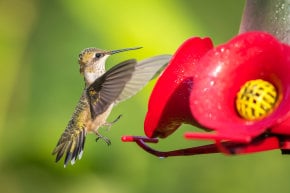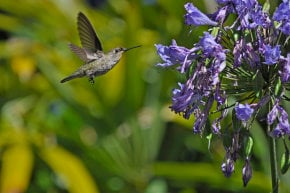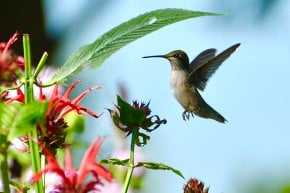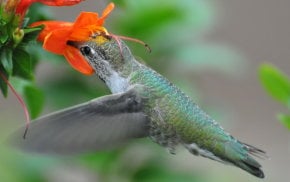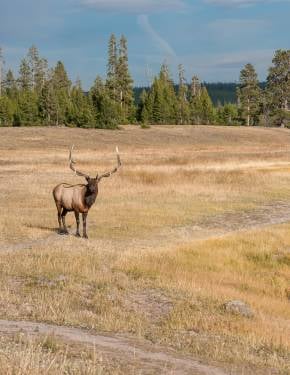Hummingbird Migration in Colorado 2026
For nearly five months, Colorado hosts thousands of wee birds on the move
Best time: late April–early September
During the annual hummingbird migration, thousands of miniature birds buzz across Colorado northward to their breeding grounds and then in the opposite direction to southern winter homes. At most, the state records 11 different species. The first usually arrives in late April, and the last leaves by early September. You can see some migrants during the entire timeframe between spring and fall, as males start migrating earlier than females and juveniles, and each species has a bit different season.
Colorado hummer species
The most common native breeders are broad-tailed hummingbirds (Selasphorus platycercus), often observed in the areas west of Colorado Springs. Black-chinned hummingbird (Archilochus alexandri) also breeds in Colorado, widespread from deserts across to mountain forests. If you come in July or August, expect numerous rufous hummingbirds (Selasphorus rufus). The fourth most frequent passerby is the calliope hummingbird (Stellula calliope), the smallest avian migrant here in the US.
Apart from Colorado regulars, you can sporadically catch a glimpse of magnificent or refulgent hummingbirds (Eugenes fulgens) twice as big as other species, the exceptionally vocal Anna's hummingbirds (Calypte anna), and costa's hummingbirds (Calypte costae) known as the "desert hummer."
Where to look for these birds?
You can find these little ones anywhere in the state, should it be the Rocky Mountains, Gunnison National Forest, or a backyard in Denver. The easiest way to attract some hungry fellows is to set up a bird feeder in your garden. Fill it up with some artificial nectar made from one cup of sugar dissolved in 4 cups of tap water. Please do not add any crimson dye, as it could harm the birds. Also, make sure to change sweet water and clean the feeder every other day in hot summer weather.
Fun facts about hummingbirds
Did you know that a hummer's tiny heart beats 1,250 times per minute when flying in contrast to 250 beats at rest? To complete a long-distance journey, migrating birds must keep a high energy level and hence need much more nourishment. An average hummingbird gains 25–40% of its weight during the season. So every feeder is appreciated.

